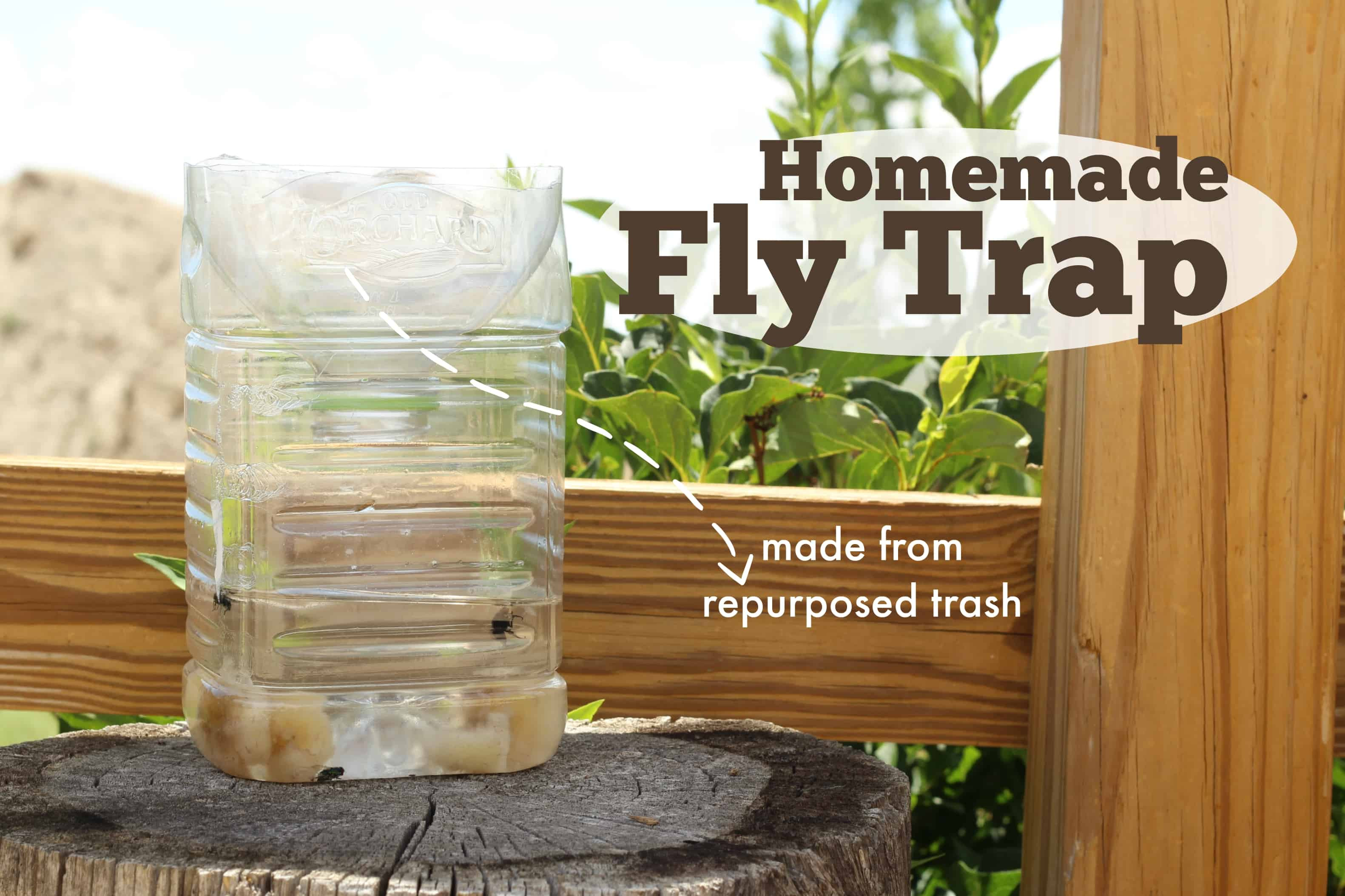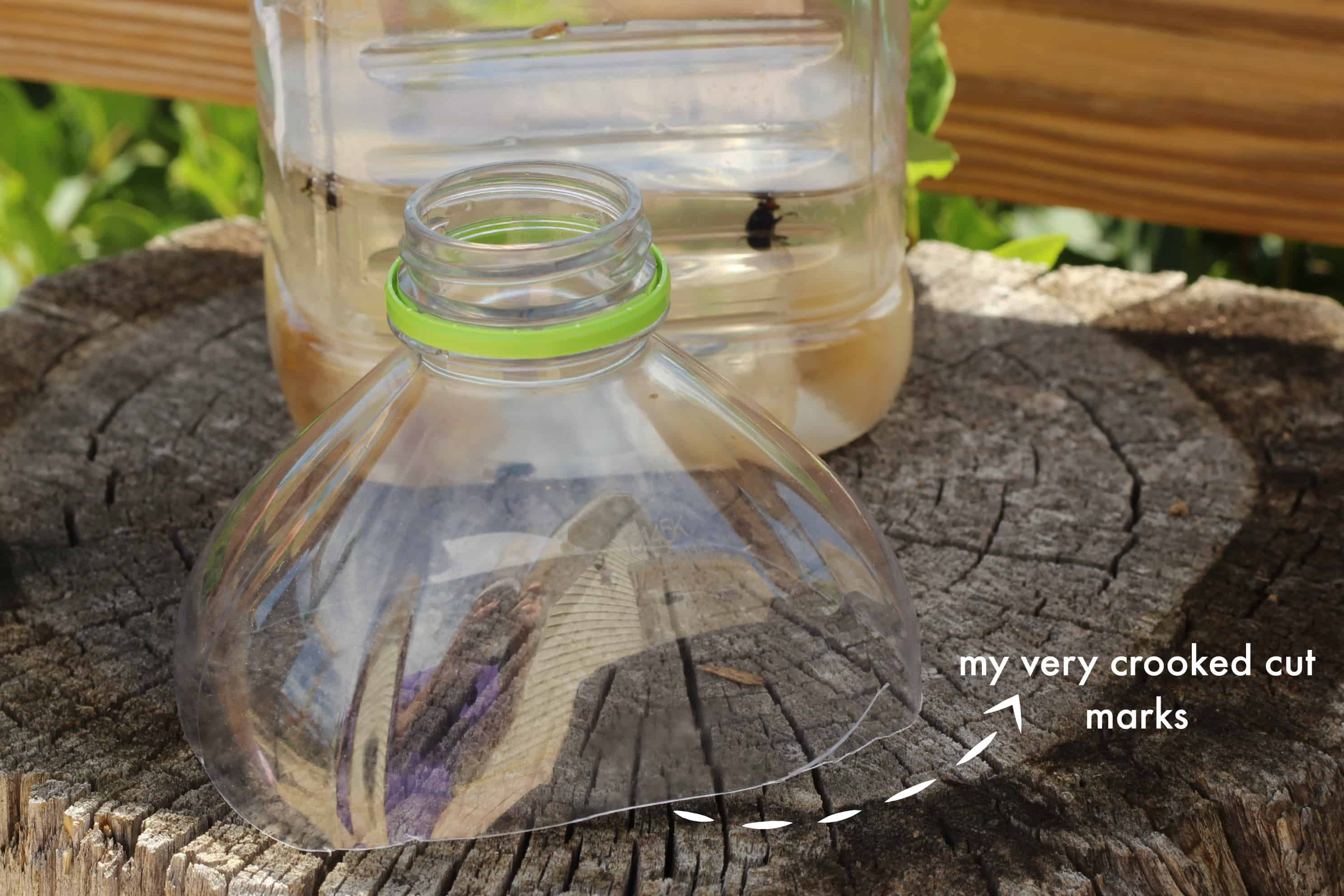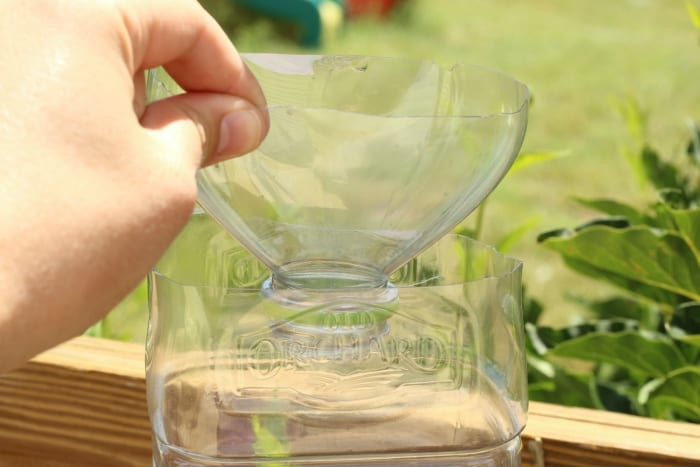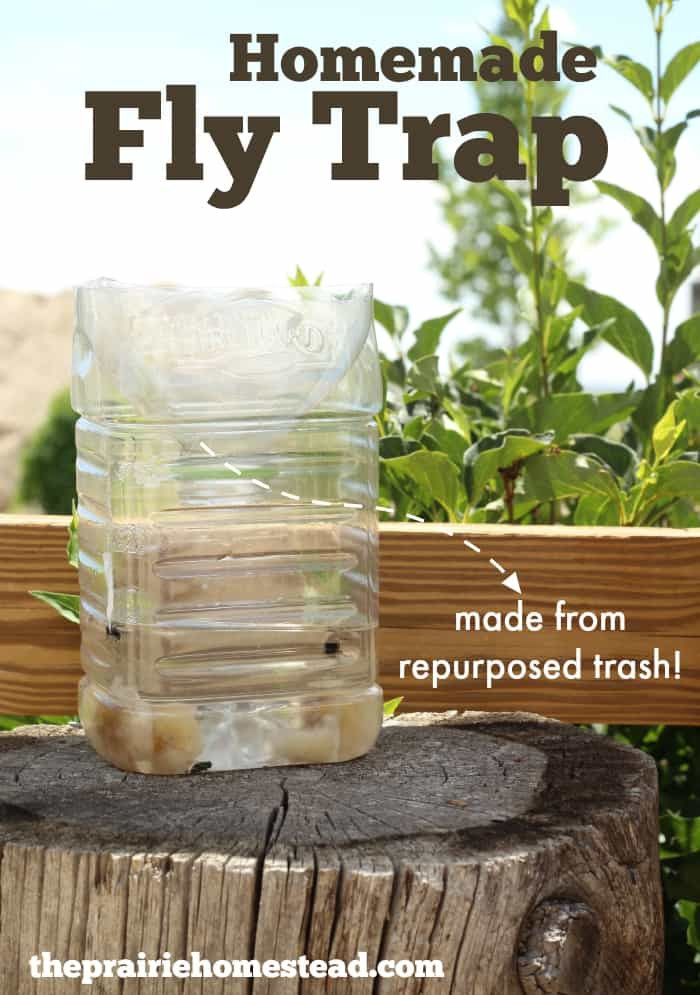Flies buzzing around your home or garden can be more than just annoying; they can be vectors of disease and a real nuisance, especially during warmer months. Instead of resorting to harsh chemicals or expensive store-bought traps, you can easily create an incredibly effective fly trap right at home using recycled materials. This DIY approach is not only budget-friendly but also environmentally conscious. If you’re wondering How Do I Make A Homemade Fly Trap that actually works, you’ve come to the right place. This guide will walk you through each step, ensuring you can reclaim your space from these pesky insects in no time.
Materials You’ll Need to Build Your Fly Trap
The beauty of this homemade fly trap lies in its simplicity and the readily available materials. You likely have most of these items already in your recycling bin or pantry:
- A Plastic Bottle: A 2-liter soda bottle or a juice jug works perfectly. Any plastic bottle will do, but larger bottles will create larger traps, capable of catching more flies.
- Water: Tap water is sufficient.
- Bait: Sweet and smelly is the key! We’ll delve into bait options shortly.
- Dish Soap (Optional): Just a drop or two of liquid dish soap. This helps to break the surface tension of the water, making it harder for flies to escape once trapped.
- Scissors or a Knife: To cut the plastic bottle.
- Tape or Glue (Optional): To secure the funnel if needed.
 Homemade Fly Trap
Homemade Fly Trap
Step-by-Step Guide to Building Your Fly Trap
Creating this fly trap is incredibly straightforward. Follow these simple steps, and you’ll have your trap ready to catch flies in minutes:
Step 1: Cut the Bottle
Take your plastic bottle and carefully cut off the top section where it starts to narrow towards the bottle cap. You can cut straight across, but precision isn’t crucial here. Don’t worry if your cut isn’t perfectly even – the flies won’t mind!
 Cutting the top off a plastic bottle for a fly trap
Cutting the top off a plastic bottle for a fly trap
Step 2: Invert the Top to Create a Funnel
Flip the top section of the bottle upside down. You’ll now insert this top part into the base of the bottle, creating a funnel shape. The neck of the bottle top should be pointing downwards into the bottle’s base. This funnel design is what makes the trap so effective.
 Inverting the bottle top to create a funnel for a fly trap
Inverting the bottle top to create a funnel for a fly trap
Step 3: Prepare Your Fly Bait
Now it’s time to make your fly trap irresistible to flies. Pour some water into the base of the bottle, ensuring the water level is a couple of inches high and leaves a gap between the bottom of the funnel and the water. Then, add your chosen bait to the water. If using dish soap, add just a drop or two at this stage.
Step 4: Assemble and Place Your Trap
Nestle the inverted bottle top securely into the base. If it feels loose, you can use tape or glue to secure it, but often, it will fit snugly on its own. Place your homemade fly trap in an area where flies are a problem. This could be near your trash cans, in your kitchen, garden, or anywhere you notice a high fly concentration.
Bait Ideas for Maximum Fly Attraction
The key to a successful homemade fly trap is the bait. Flies are attracted to strong, often unpleasant, scents, particularly sweet and decaying matter. Here are some excellent bait options you can use, often with items you already have at home:
- Sugar Water or Honey Water: A simple and effective starting point. Mix sugar or honey with water to create a sweet solution.
- Overripe or Rotten Fruit: Fruits like bananas, strawberries, peaches, or apples that are past their prime are incredibly attractive to flies. The riper and smellier, the better!
- Raw Meat: A small piece of raw meat, like ground beef or steak trimmings, emits a potent smell that flies find irresistible.
- Animal Manure: If you have access to it (especially if you have a homestead or garden), fresh animal manure is a very effective, albeit pungent, bait.
- Fermented Bait Mixture: For extra potency, you can combine any of the above options and let them sit for a day or two to ferment and become even smellier. This will maximize the trap’s allure.
Tips for an Even More Effective Fly Trap
To get the most out of your homemade fly trap, consider these additional tips:
- Hang Your Trap: If you want to keep your trap off the ground or away from pets, you can easily convert it into a hanging trap. Simply punch holes in the sides of the bottle near the top and thread string or wire through the holes to create a hanger.
- Bottle Choice Matters (Slightly): While any plastic bottle will work, bottles that previously contained sugary drinks might have a slight residue that initially adds to the trap’s attractiveness. Juice jugs can be particularly good for this reason.
- Let it Ferment: Don’t be afraid to let your bait mixture sit and ferment a little before deploying your trap, and even as it’s working. The more pungent the aroma, the more effective it will be at drawing in flies.
 Homemade fly trap hanging outdoors
Homemade fly trap hanging outdoors
By following these simple steps, you can effectively combat fly infestations naturally and economically. Knowing how do I make a homemade fly trap is a valuable skill for any homeowner, gardener, or homesteader looking for a sustainable and effective pest control solution. Say goodbye to annoying flies and hello to a more peaceful, pest-free environment!